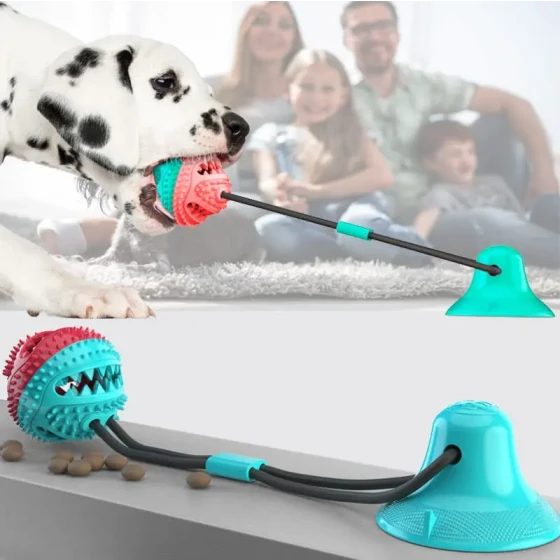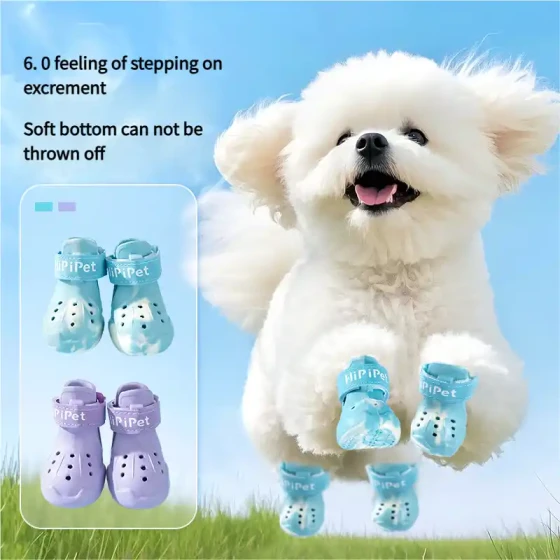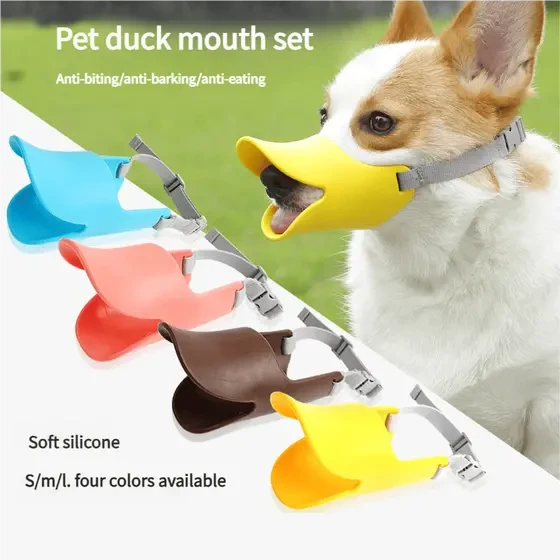How Should Dogs Be Fed at Different Stages?
Just like newborn babies who need to be fed breast milk, then gradually switch to liquid food before finally eating solid food at an older age, the same applies to dogs. Different stages require different feeding methods. Today, the editor from Boqi Network will talk about how dogs should be fed at different stages. Let's take a look together.

Newborn puppies drink mother's milk; when they start teething and weaning, they can begin eating liquid food, such as warmed water mixed into a mushy canned meat, or dry puppy food softened with hot water; by the age of 2 months, puppies can directly eat puppy kibble.

At 3 months old, the composition and amount of food are basically the same as at 2 months, but since puppies are growing day by day, the amount of food should be increased by about one-fifth every 3 to 5 days. At 3 months old, puppies start to get playful and are curious about everything but lack discernment for food. You must constantly guard against them eating inappropriate items. If unexpected objects such as buttons, small stones, needles, nails, or plastic enter their digestive system, it can easily damage the gastrointestinal mucosa or cause intestinal obstruction. If the puppy experiences severe vomiting or abdominal pain, take it to a pet hospital immediately for an X-ray to check if there are foreign objects inside.
When dogs reach 4 months old, you can feed them dry dog food specifically for 4-month-old puppies mixed with rice, or combine cooked meat, vegetables, and meat broth with the dog food, plus added nutrients like calcium powder. Dogs do not develop evenly in all parts during their growth phase; they focus on one or several parts. From birth to 3 months, the main growth is the body and weight; from 4 to 5 months, the main growth is body length; after 6 to 7 months, the main growth is height; by 8 months, they basically reach adult size. Therefore, during their growth period, besides ensuring sufficient nutrients, nutritional balance is also important.
After 4 months, puppies' calcium needs gradually increase. If they don’t get enough calcium at this time, they may develop rickets, causing deformation of the long bones in the limbs or joint swelling, resulting in "O"-shaped or "X"-shaped legs. At this time, you should focus on food but also often take your puppy to sunbathe to supplement the required calcium. Additionally, when walking a 4-month-old puppy, the time shouldn’t be too long, and it’s not appropriate to walk on pavements; soft grass or dirt areas are better to prevent excessive exercise, which can affect healthy growth.

At 5 months, you can increase the amount of food based on the 4-month-old diet, especially increasing rice, flour, and beans since these improve the digestion of plant proteins, which enhance the dog's coat shine; occasionally adding beef, chicken, or other meats is very beneficial for the dog’s skin. At 5 months, never feed raw meat cut into chunks directly, as puppies at this stage have sensitive taste buds and will develop a preference for the bloody taste, becoming picky with future food and potentially aggressive towards people or other animals, which is dangerous.
At 6 to 7 months old, their food intake is the largest in their lifetime, averaging a meal that fills a bowl 10 to 15 centimeters in diameter. The food variety is basically the same as at 4 to 5 months.
At 8 months, their body size is close to adult dogs, but the internal organs are still growing. Therefore, you should continue feeding your dog sufficient nutritious food this month and can appropriately add vegetables and fruits to promote digestion and absorption.
Dogs love chewing bones as an innate habit, present from the weaning stage. So from 3 months old, you can start letting them practice chewing bones. It’s important to note that chicken bones are absolutely unsuitable for dogs because unlike solid pig or beef bones, chicken bones are hollow. When broken, they become sharp flake or granular shapes, like blades, which can easily scratch or pierce the intestines when swallowed, causing severe injury to the dog.



